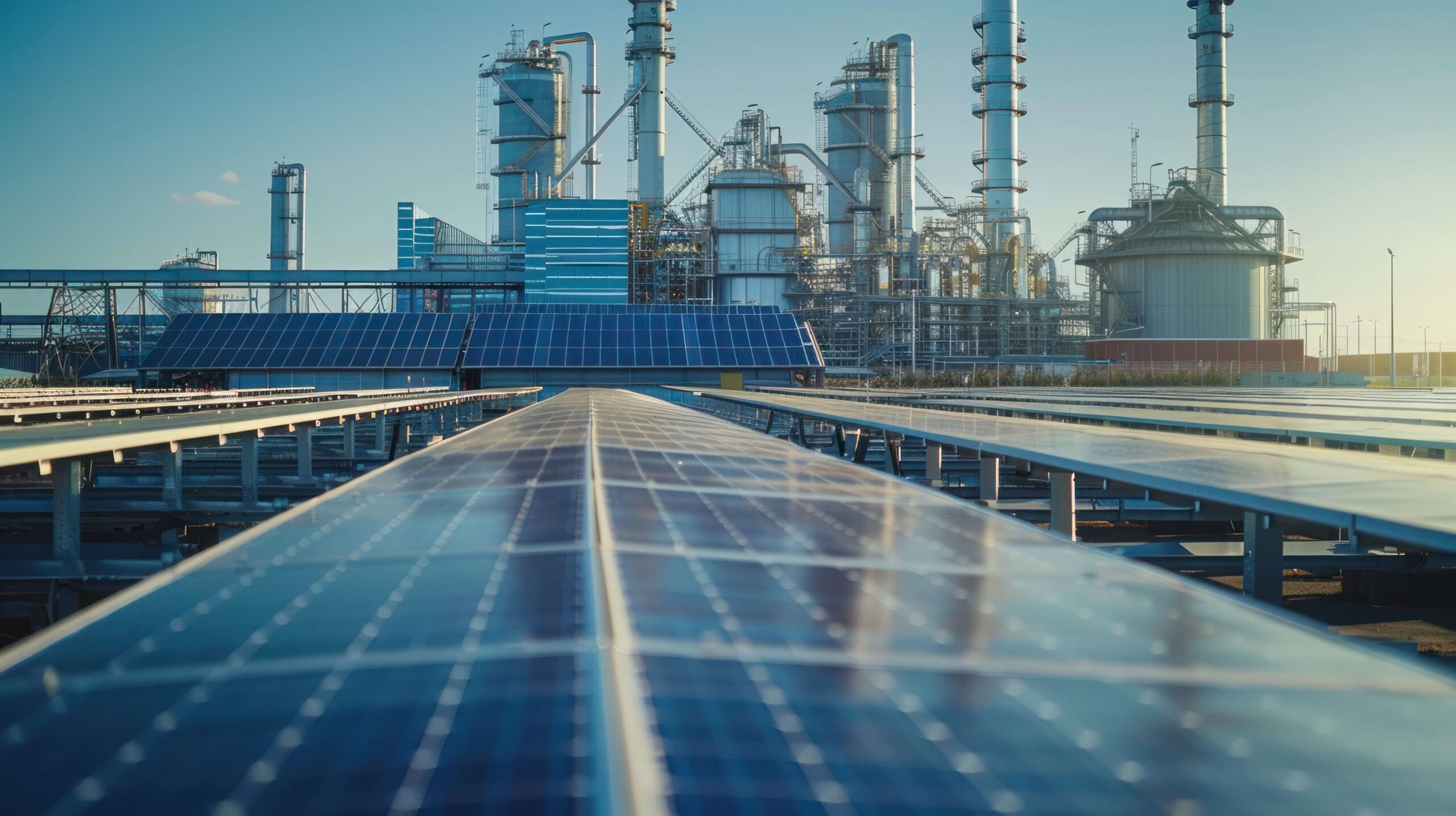Electric vehicles (EVs) are redefining the future of transportation and play a pivotal role in the global transition to cleaner, renewable energy. As countries and companies prioritize reducing carbon emissions, EVs offer a viable alternative to traditional internal combustion engine (ICE) vehicles by providing zero-emission mobility. In 2023, EVs accounted for over 14% of global vehicle sales, up from just 4% in 2020, underscoring the rapid shift toward electric mobility. This trend, coupled with government incentives and technological advancements, has set the stage for EVs to become more prevalent within the next decade. Beyond reducing emissions, EVs are disrupting the auto sector and prompting significant innovation in vehicle technology, battery development, and charging infrastructure. These advancements are creating an ecosystem that supports sustainable transport and strengthens the broader energy transition. The increased demand for critical minerals to produce EV batteries highlights the essential role of mining in shaping the future of transportation and accelerating the journey toward a carbon-neutral future.
- Electric vehicles and the race for net zero
- Innovation in EV technology and infrastructure
- Mining critical minerals essential for electric vehicles
Electric vehicles and the race for net zero
The transition from internal combustion engines to electric mobility marks one of the most transformative shifts in the transportation sector. Traditional ICE vehicles rely heavily on fossil fuels, which contribute significantly to global greenhouse gas emissions (~10%) and air pollution. In contrast, EVs operate on electricity, resulting in zero ‘tailpipe’ emissions. According to the International Energy Agency (IEA), transportation is responsible for nearly 24% of global carbon emissions, with road vehicles accounting for the majority of these. Replacing ICE vehicles with EVs is expected to significantly reduce global emissions when powered by renewable energy sources, helping drive energy transition goals.
Many countries have implemented policies and set targets to encourage EV adoption. In the United States, the government set a goal for EVs to make up 50% of new car sales by 2030, while the European Union aims to phase out new ICE vehicle sales by 2035 as part of its climate action goals. China, the world’s largest EV market, has set a target for EVs to reach 40% of total vehicle sales by 2030. These regulatory moves are bolstered by financial incentives, such as subsidies, tax credits, and grants, making EVs more accessible to consumers and accelerating the shift away from fossil-fuel-powered vehicles.
With increasing investment in public and private EV charging infrastructure, combined with longer battery range, EVs are becoming more practical and convenient. As renewable energy sources like solar and wind become more integrated into electricity grids, EVs will further support decarbonization efforts by drawing power from cleaner sources. This shift to electric mobility is not only advancing the energy transition but is also helping to reshape cities by reducing pollution and promoting sustainable transport systems.

Innovation in battery storage technology
While lithium-ion batteries have been the dominant battery storage technology, new innovations are emerging. Advanced charging and long-duration energy storage system technologies such as solid-state batteries and flow batteries are showing promise in overcoming the limitations of the current battery technology.
Solid-state batteries are seen as the next frontier in energy storage, offering higher energy density, faster charging, and improved safety compared to conventional lithium-ion batteries. The solid electrolyte used in these batteries eliminates the risk of leakage and allows for greater compactness, potentially revolutionizing energy storage for both grid and vehicle applications. Another innovation, flow batteries, are gaining attention for their ability to store energy for extended periods, making them ideal for balancing seasonal variations in renewable energy. Unlike lithium-ion batteries, which store energy in solid electrodes, flow batteries store energy in liquid electrolytes that circulate between tanks. This design allows them to hold energy for longer durations and scale up storage capacity by simply expanding the tanks. Companies like VRB Energy are continuously improving the technology and offer vanadium redox flow batteries that can be discharged over an almost unlimited number of charge and discharge cycles without degradation. Unlike conventional batteries, these systems maintain their performance over a 20-year lifespan, providing long-term energy storage without the typical wear and capacity loss seen in other batteries.
Innovation in EV technology and infrastructure
The rapid adoption of EVs is driving innovation across both vehicle technology and charging infrastructure. Early EV models faced challenges related to battery life, driving range, and charging time. However, technological advancements have significantly improved these areas, making EVs more competitive with traditional vehicles. Today’s EVs can achieve ranges of up to 400 miles on a single charge, with some models pushing beyond that. Fast-charging technology also allows EVs to charge up to 80% in under 30 minutes, making long-distance travel more feasible.
Solid-state batteries, which replace the liquid electrolyte in traditional lithium-ion batteries with a solid electrolyte, are one of the most promising developments in EV technology. These batteries offer higher energy density, faster charging times, and improved safety compared to conventional batteries. Automakers like Toyota are investing heavily in solid-state battery research, aiming to commercialize the technology within the next few years. Solid-state batteries are expected to extend EV range, reduce weight, and potentially lower costs, positioning EVs as a more attractive option for a wider range of consumers.
Charging infrastructure is also evolving to meet the needs of a growing EV market. In 2023, the U.S. Department of Energy reported over 140,000 public EV charging stations and investments are underway to expand this network further. The European Union has set ambitious targets to deploy 1 million public chargers by 2025 and China continues to lead in charging infrastructure, with over 1.6 million public chargers already in place. Innovations such as bidirectional charging, which allows EVs to supply power back to the grid, and wireless charging are also emerging, adding new layers of functionality and convenience to EV ownership. As infrastructure expands and technology advances, EVs are becoming more accessible and practical, paving the way for an electric future.
Mining critical minerals essential for electric vehicles
The growth of the EV market has led to a surge in demand for critical minerals, including lithium, cobalt, nickel, and copper, all of which are essential for battery production and charging infrastructure. Lithium-ion batteries, the most common type used in EVs, rely heavily on these minerals due to their high energy density and long cycle life. According to the IEA, demand for lithium could increase more than 40-fold by 2040, while demand for nickel and cobalt is expected to rise dramatically as EV production scales up. Copper also plays a vital role, as it is widely used in battery cells, EV wiring, and charging stations, with each EV containing up to 80 kgs of copper.
Australia, Chile, and China are the leading suppliers of lithium, while the Democratic Republic of Congo produces over 70% of the world’s cobalt. As EV production grows, so does the demand for these minerals, making stable supply chains crucial for meeting the needs of the global EV market. In response, mining companies are ramping up production, and governments are investing in partnerships and new mining projects to secure long-term access to these materials.
Beyond EV production, copper demand is also rising to support the expansion of EV charging infrastructure. Each fast-charging station contains around 25 kgs of copper, highlighting the metal’s importance in both vehicle and infrastructure applications. To meet the increased demand, major mining companies are expanding their operations and investing in new mineral extraction techniques to boost efficiency and output. As EVs and their infrastructure become more central to the global energy transition, the mining industry’s role in supplying critical minerals remains indispensable for a sustainable, electrified future.
- Explore the next article in our Energy Transition series: Challenges in Meeting the Energy Transition
I-ROX is open to industry input, collaboration and support – both financially and technically. If you are interested in discussing pulsed-power technology or any other element of collaboration, please contact us for more information.





